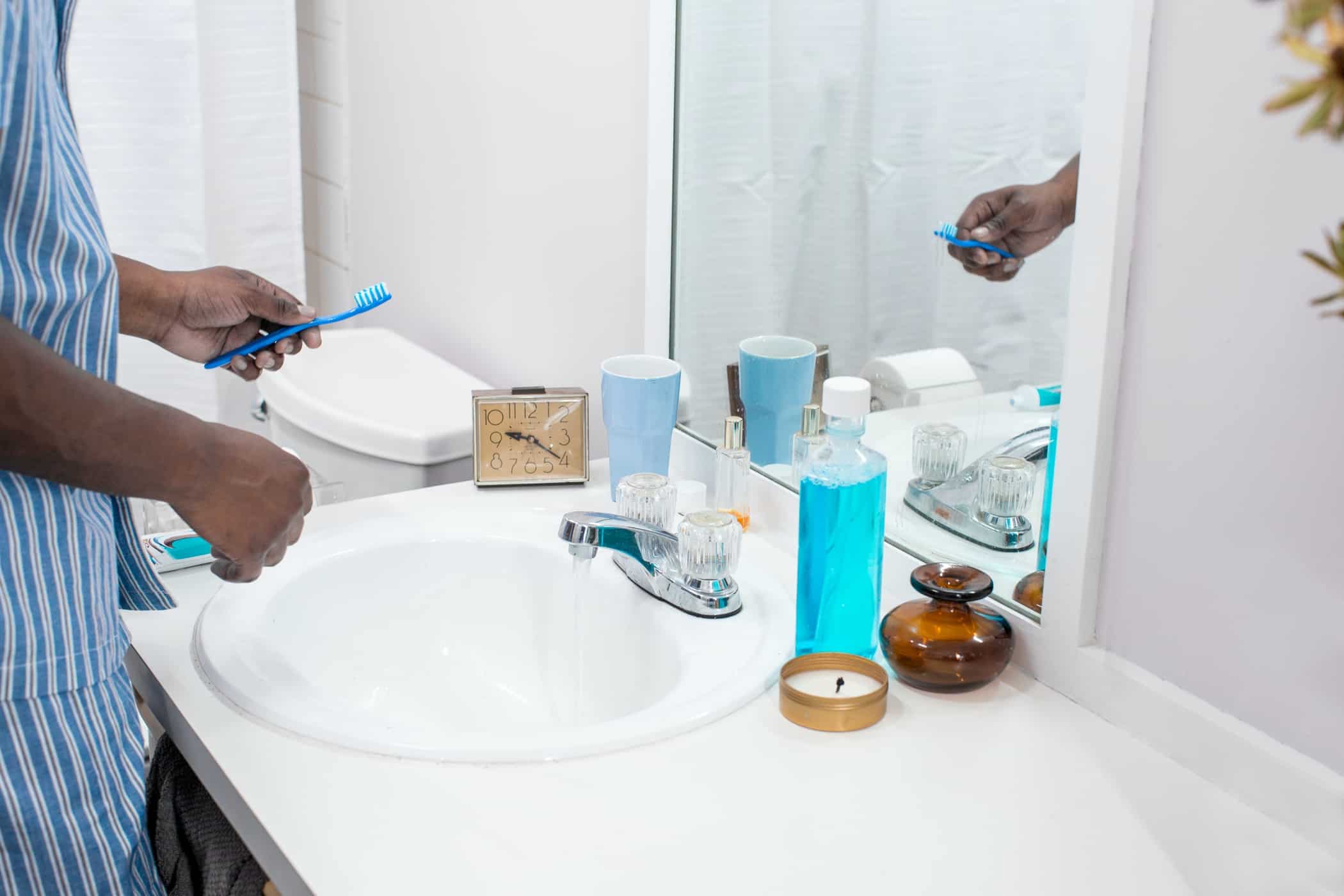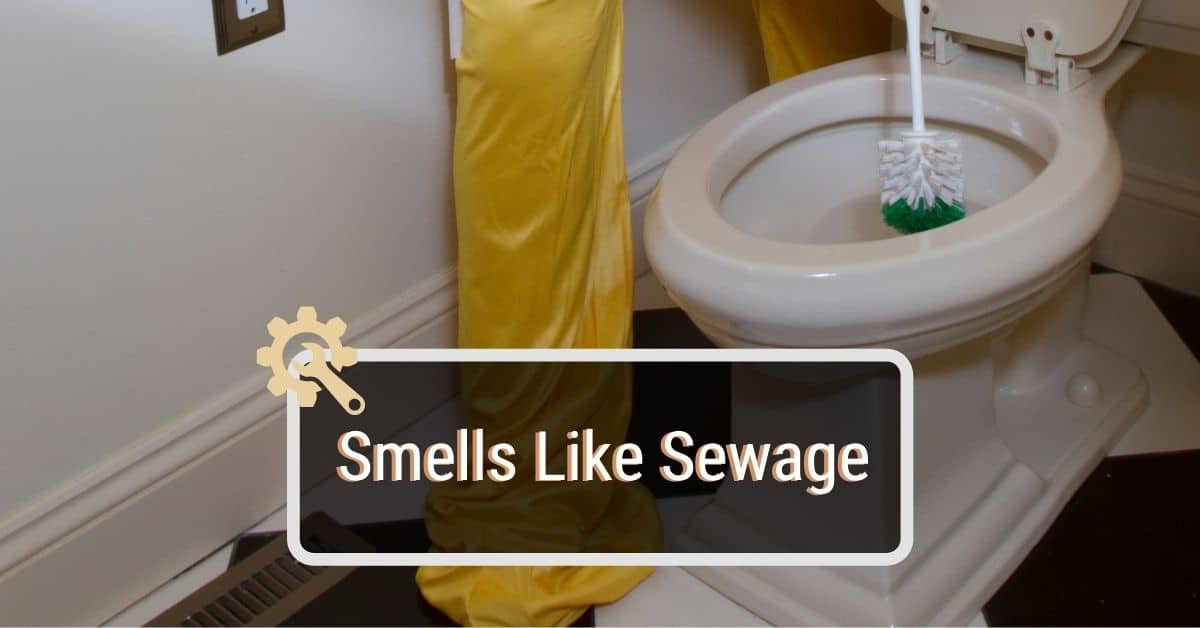Odor Identification and Causes

Smell coming from bathroom sink – Unpleasant odors emanating from a bathroom sink can stem from various sources. Understanding the nature of these smells and their underlying causes is crucial for effective remediation.
If you notice an unpleasant smell emanating from your bathroom sink, it’s essential to determine the source. By referring to a bathroom sink faucet parts diagram , you can identify the components that may be causing the odor. Inspect the drain assembly, aerator, and water supply lines for any blockages or leaks that could trap debris and create a foul smell.
Addressing these issues can effectively eliminate the odor and restore a fresh and hygienic bathroom environment.
The most common types of bathroom sink odors include:
- Musty or Mildewy Smell: This odor typically arises from moisture accumulation in the sink’s drain or pipes, providing a breeding ground for mold and mildew. These microorganisms release spores that create a musty, earthy scent.
- Sewer Gas Smell: This pungent odor, often described as “rotten eggs,” is caused by the release of hydrogen sulfide gas. This gas is produced when organic matter decomposes in the absence of oxygen, such as in clogged drains or septic tanks.
- Chemical Smell: Harsh chemical odors can originate from cleaning products, drain cleaners, or pipe sealants. These chemicals often contain volatile organic compounds (VOCs) that evaporate and release strong, sometimes toxic fumes.
The science behind these odors lies in the molecular composition of the substances involved. For instance, hydrogen sulfide gas has a sulfur atom that bonds with two hydrogen atoms, resulting in a distinct “rotten egg” smell. Similarly, VOCs are carbon-based compounds that readily vaporize, releasing their characteristic odors.
Troubleshooting and Solutions

Identifying the source of a bathroom sink odor is crucial for effective remediation. To locate the culprit, follow these steps:
1. Inspect the sink drain for any visible debris or buildup.
2. Check the P-trap, a curved pipe beneath the sink, for clogs or obstructions.
3. Examine the vent pipe, which allows air to enter the drain system, for any blockages.
4. Sniff around the base of the sink and around any plumbing fixtures for musty or foul odors.
Once the source of the odor is identified, consider the following solutions:
Drain Clogs:
– Use a drain snake or chemical drain cleaner to remove hair, soap scum, or other debris.
– Pour a mixture of baking soda and vinegar down the drain to dissolve organic matter.
P-Trap Clogs:
– Remove the P-trap and clean it thoroughly with a brush or drain cleaner.
– Reinstall the P-trap securely to prevent leaks and odors.
Vent Pipe Blockages:
– Inspect the roof vent for any debris or obstructions.
– If accessible, clean the vent pipe using a brush or compressed air.
Mold and Mildew:
– Clean the sink and surrounding area with a bleach solution.
– Apply a mold-killing spray to the affected areas.
– Improve ventilation by opening windows or using a fan.
Professional Solutions:
– If the odor persists despite home remedies, contact a plumber.
– A professional can inspect the entire plumbing system and identify any underlying issues.
Preventative Measures:
– Regularly clean the sink and drain to prevent buildup.
– Use drain covers to catch hair and other debris.
– Flush the drains with hot water periodically to remove any residue.
– Ensure proper ventilation in the bathroom to prevent moisture buildup.
Health and Safety Considerations: Smell Coming From Bathroom Sink

Odors emanating from bathroom sinks can pose potential health risks, depending on the underlying cause. Identifying the source of the odor is crucial to determine the appropriate course of action.
Certain odors, such as those resembling rotten eggs, may indicate the presence of hydrogen sulfide gas, which can be toxic in high concentrations. Ammonia-like odors can signal the presence of cleaning agents or urine, both of which can irritate the respiratory system. Mold and mildew odors can trigger allergic reactions or respiratory issues in susceptible individuals.
When to Seek Professional Assistance
- If the odor is persistent and accompanied by other symptoms, such as nausea, dizziness, or difficulty breathing, seek professional assistance immediately.
- For odors that cannot be identified or eliminated through simple cleaning methods, consider consulting a plumber or other qualified professional.
Maintaining a Healthy Bathroom Environment, Smell coming from bathroom sink
Maintaining a clean and hygienic bathroom environment can help prevent unpleasant odors and potential health risks.
- Clean bathroom surfaces regularly, including the sink, toilet, and shower.
- Use disinfecting cleaners to eliminate bacteria and mold growth.
- Ensure proper ventilation by opening windows or using an exhaust fan to prevent moisture buildup.
- Avoid leaving wet towels or clothing in the bathroom, as these can create a breeding ground for mold and mildew.
- Consider using natural odor absorbers, such as baking soda or activated charcoal, to neutralize unpleasant scents.
The stench emanating from my bathroom sink has become unbearable. I’ve tried everything from cleaning the drain to pouring bleach down it, but nothing seems to work. I’m at my wit’s end. Perhaps it’s time to invest in a new gold bathroom sink faucet.
Maybe the gleaming metal will bring a touch of elegance to my bathroom and, more importantly, eliminate the foul odor that has plagued me for so long.